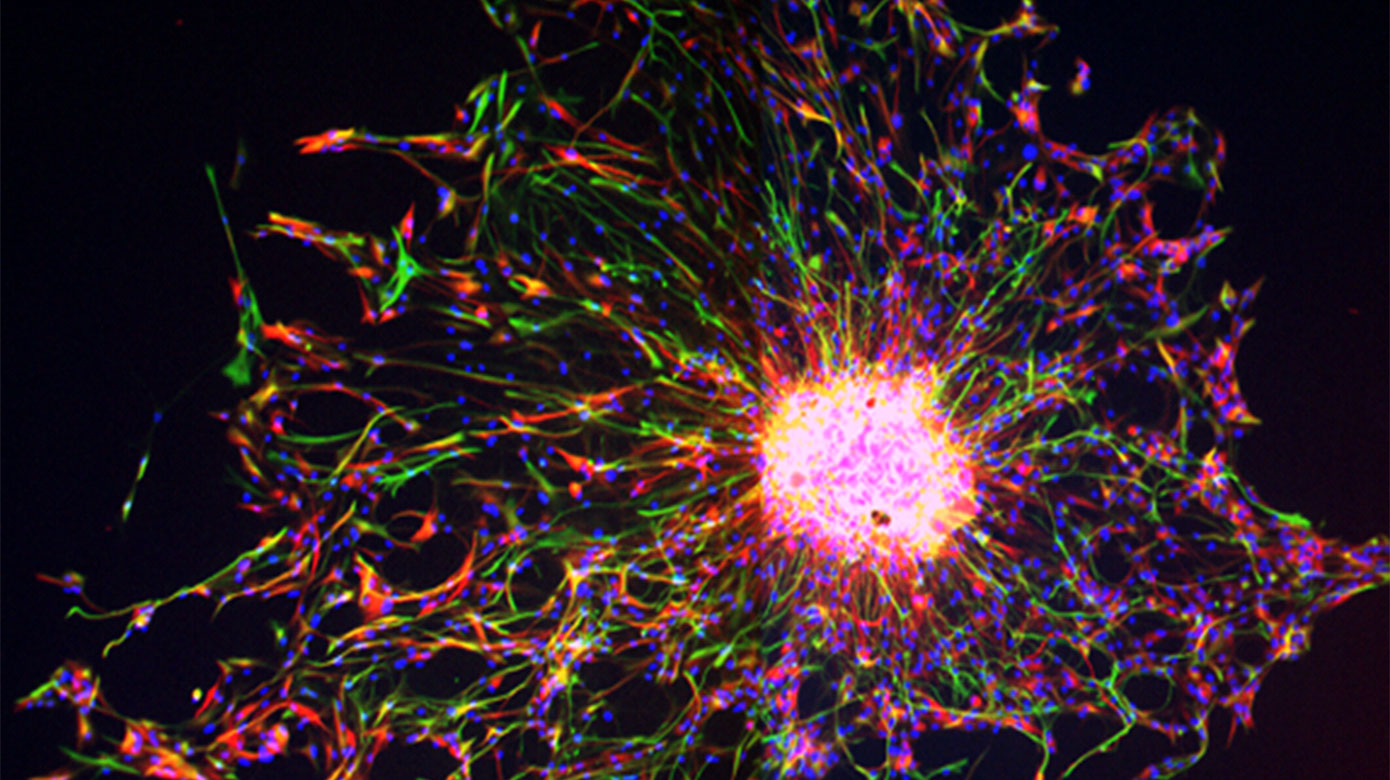Gallo Laboratory

About the Lab
Work in the Gallo Laboratory, also known as the Neonatal Brain Development and Regeneration Lab, is focused on postnatal neural development and the impact of injury and disease on development and regeneration of neurons and glia. The lab uses a multidisciplinary approach to study postnatal development under normal physiological and pathological conditions. We are particularly interested in identifying cellular signals and molecular pathways that regulate development of neurons and glia in white matter, cortex and cerebellum, and in the possibility of translating our understanding of developmental mechanisms to cell repair and regeneration after injury of the brain. To reach these goals, the Gallo Laboratory is using integrated molecular, cellular, anatomical, electrophysiological and behavioral approaches applied to animal models of brain injury and disease, including perinatal brain injury (perinatal hypoxia and hyperoxia/oxidative stress), Down syndrome and multiple sclerosis.
We have been particularly interested in investigating the neural progenitor cell response to injury/disease, and in identifying novel molecular mechanisms that can enhance neural repair and functional recovery. More recently, we have also integrated studies in mouse models — which offer the advantage of direct genetic manipulation of specific signaling pathways — with investigation in large mammals (piglets), which display brain anatomy and cellular structure practically identical to humans. These studies are performed in collaboration with Nobuyuki Ishibashi, M.D., and Richard Jonas, M.D., at Children’s National. We have established animal models of perinatal brain injury that occurs in very low birth weight (VLBW) infants born prematurely. These models reproduce gray and white matter (WM) alterations observed in brains of premature infants. We are now focused on the identification of the cellular and physiological mechanisms that underlie cognitive, behavioral and motor abnormalities found in premature infants, with a particular focus on cerebellum and its functions. Ongoing studies integrate analysis in animal models and post-mortem human brains.
-
Lab Focus Areas
Glial development
Neuron-glia interaction
White matter development and function
Neonatal brain injury
Cerebellar neural circuits and behavior -
Partnerships
Institute for Biomedical Sciences (IBS) Program, George Washington University School of Medicine and Health Sciences
Howard University Graduate School
Interdisciplinary Program in Neuroscience (IPN), Georgetown University
-
Contact
Vittorio Gallo, Ph.D. Principal Investigator vgallo@childrensnational.org
New funding from the National Institutes of Health (NIH)
-
R21NS119344 (NINDS)
Neural basis of Locomotor Dysfunction in Down Syndrome
-
P50 HD105328 (NICHD)
District of Columbia Intellectual and Developmental Disabilities Research Center (DC-IDDRC)
Featured Publications
-
Disruption of neonatal Purkinje cell function underlies injury-related learning deficits
Sathyanesan, A., Kratimenos, P., and Gallo, V. Proc. Natl. Acad. Sci. (2021) -
Mechanisms underlying neuroprotection in hypoxic ischemic injury
Kratimenos, P., Scafidi, J., and Gallo, V. Fetal and Neonatal Physiology, 6th edition (2021) -
Epidermal growth factor receptor inhibition reverses cellular and transcriptomic alterations induced by hypoxia in the neonatal piglet brain
Kratimenos, P., Goldstein, E.Z., Knoblach, S., Jablonska, B., Banerjee, P., Shadi Malaeb, S., Bhattacharya, S., Almira-Suarez, I., Gallo, V., and Delivoria-Papadopoulos, M. iScience iScience, 23, 101766 (2020)
